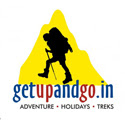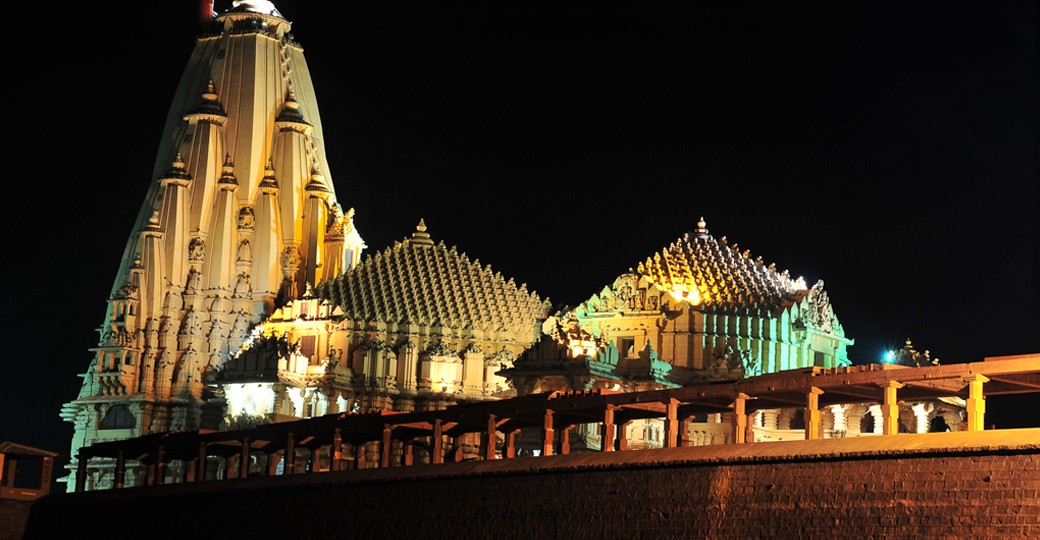What is the one dream that mountaineering enthusiasts from all over the world share in common? Undoubtedly, it is to climb the mighty mountains of the Himalayas – the crown of India, the abode of the world’s highest mountain and an enigma that intrigues mountain lovers all over the world.
Mounting climbing and trekking, especially a Himalayan trekking, can be a fulfilling experience for the body and the mind. The mental & physical challenges involved in mountaineering strengthen your body, while the tranquility of the mountains soothes your mind. As fulfilling as it can be, mountaineering can be quite physically demanding.
The Himalayas are a cluster of mountain ranges that are suitable for different levels of mountaineering abilities and age groups. You don’t have to be a professional mountaineer to appreciate the serenity of the snow-laden mountains. Himalayan Mountains like the Friendship Peak in Himachal Pradesh, Stok Kangri in Ladakh and Kanamo in Spiti don’t require any prior mountaineering experience and are ideal destinations for non technical climbing. You just need to be physically fit and having some prior experience in trekking at higher altitudes would be a plus point.
Here are some tips for novices in mountain climbing:
- Mountaineering course: Try enrolling in a mountaineering course before setting out.
- Body training: Train your body using weights and aerobic exercises to meet the physical demands of mountain climbing. Certain workout routines specially those Exercises which gives Strength and Stamina to the body should be practiced regularly as it helps to sustain the vigor & vitality required for mountaineering.
- Wearing the right gear: Wear shoes that fit well and offer the right grip. Walking poles help take the pressure off your legs while hiking. Warm clothing, socks and gloves should be worn.
- Monitor your physical activity: Any physical activity other than climbing should be performed in moderation as to conserve body’s energy.
- Focus on your diet: Consume potassium rich foods like bananas and complex carbohydrates like whole grains, which aid in acclimatization. Keep your body well hydrated.
- Sun protection: Wear sunglasses and sunscreen always.
- Carry a first-aid kit: A first-aid kit is necessary in case of injuries.
- Carry Medical Kit: Certain medicines comes in handy when dealing with altitude sickness and should be considered only after consulting a doctor or medical personnel.
Keep these tips in mind before venturing into the adventurous world of mountaineering as you set out to conquer the mighty mountains like you’ve dreamed of.



